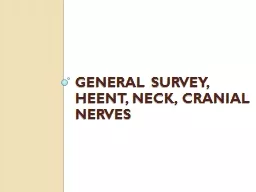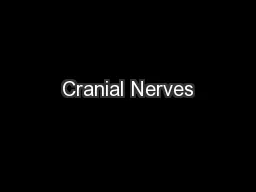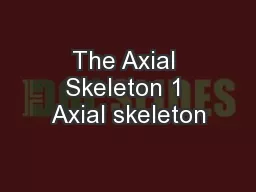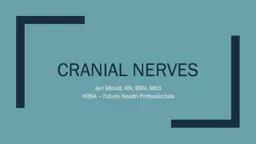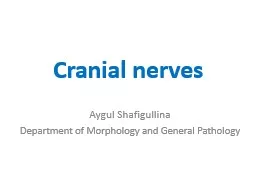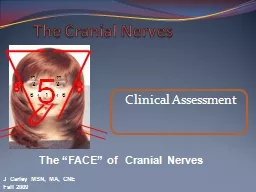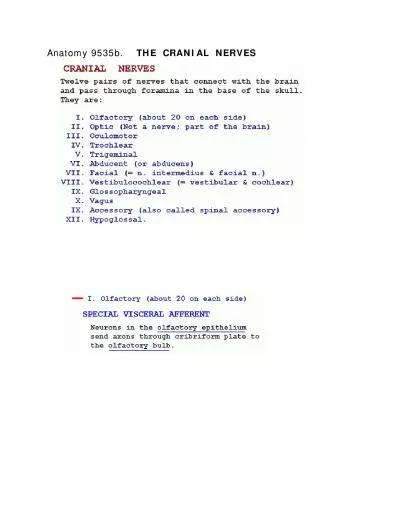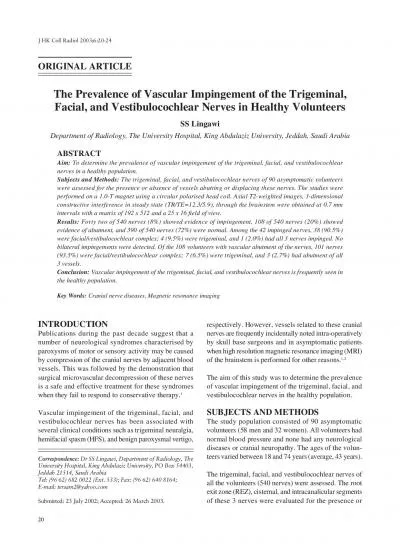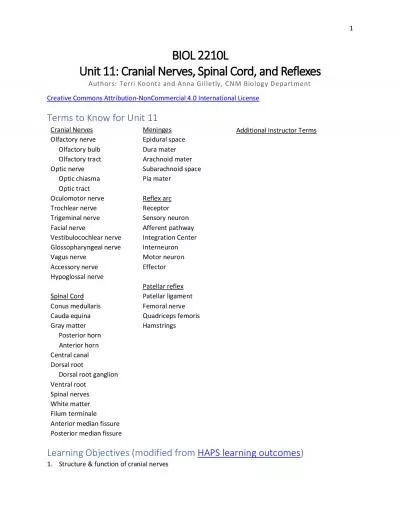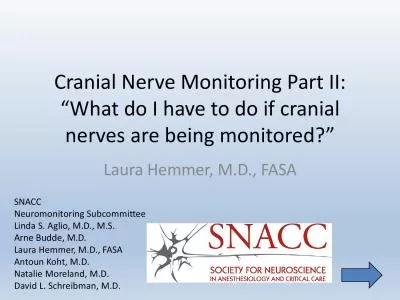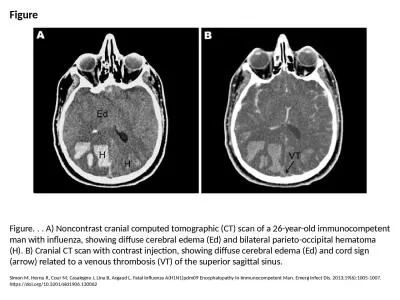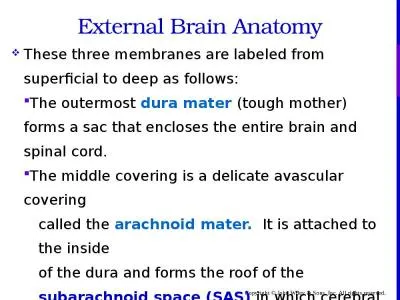PPT-General survey, HEENT, Neck, Cranial Nerves
Author : aaron | Published Date : 2018-09-25
Objectives HEENT Neck and CNs Demonstrate normal exam components for adult State normal exam components for pediatric patient Identify abnormal findings and tests
Presentation Embed Code
Download Presentation
Download Presentation The PPT/PDF document "General survey, HEENT, Neck, Cranial Ner..." is the property of its rightful owner. Permission is granted to download and print the materials on this website for personal, non-commercial use only, and to display it on your personal computer provided you do not modify the materials and that you retain all copyright notices contained in the materials. By downloading content from our website, you accept the terms of this agreement.
General survey, HEENT, Neck, Cranial Nerves: Transcript
Download Rules Of Document
"General survey, HEENT, Neck, Cranial Nerves"The content belongs to its owner. You may download and print it for personal use, without modification, and keep all copyright notices. By downloading, you agree to these terms.
Related Documents

